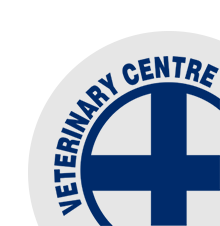Managing Lambs on Rocket Fuel Food
/It is hard to knock sheep farming at the moment and in times like these I do start to have more conversation about those niggly deaths of ewes and lambs. Probably the biggest cause of lambs deaths is not being organised to get clostridial vaccine into lambs. I understand that lambs drafted off mothers are not around long enough to benefit from vaccinating, but after that there is value in preventing pulpy kidney. For every dead lamb is the profit gone on another 4 live ones.
There are other causes of sudden death such as red gut and pneumonia, but we must never over-look the obvious and the basic. There is no chemical resistance to 5 in 1 vaccinates (just effort resistance) and they are the most effective option for eliminating pulpy kidney - the major cause of sudden deaths. It just needs to be DONE TWICE 4 WEEKS APART to be effective.
The look-a-like syndrome to pulpy kidney is red gut. This occurs in lambs that are on a Lucerne of clover dominant pasture. Red gut can be due to the low fibre content of high quality feed causing the rumen capacity to shrink. Also the higher levels of protein fermented in the large bowel cause it to expand and prone to twisting. Not usually occurring until the lambs have been on the feed for a month or more. The disease process can be mitigated by:
- Fibre (straw/hay) available - not always practical
- Grazing on pasture 2/7 days
- Mowing and wilting a few rounds of your Lucerne prior to grazing
Using 10 in 1 covexin vaccine has also been reported to be effect with stopping deaths on rocket fuel feed over and above 5 in 1. Stepping up to covexin may also be of benefit when grazing sheep on fodder beet. The high sugar content making animals more prone to clostridial growth.





